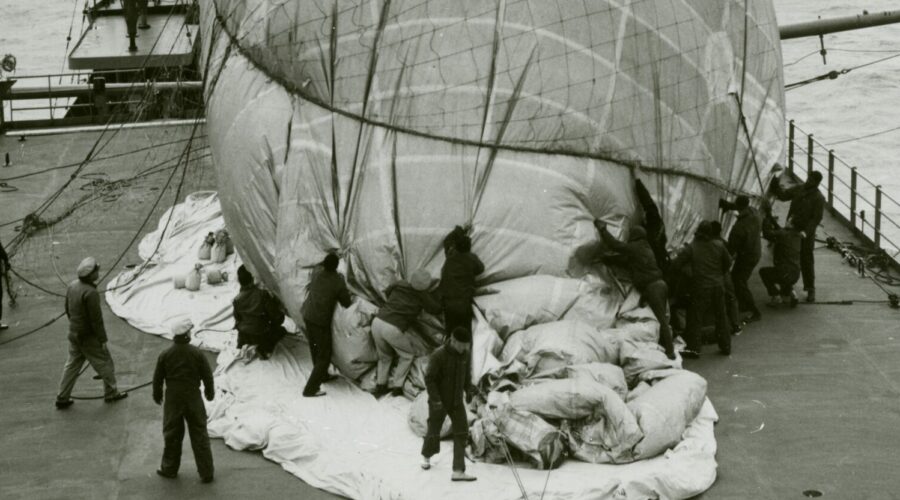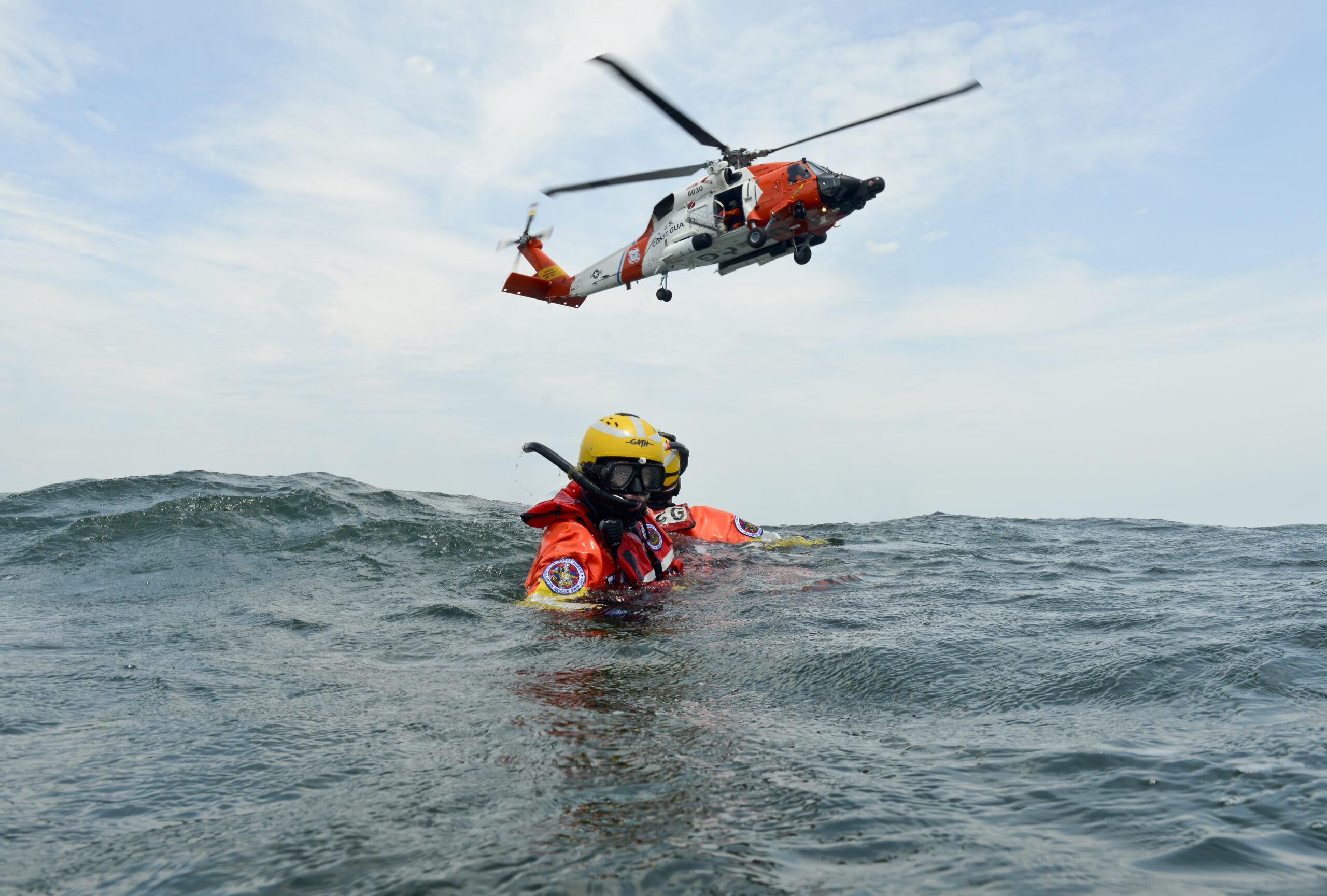
Frequently Asked Questions
For twelve years during the 1950s and 1960s, USCGC Courier (WAGR-410) served as a portion of the sea-going radio broadcasting station for the 'Voice of America' during the Cold War.
Breadcrumbs
Subpage Navigation
Frequently Asked Questions
-
We are eager to see the museum open for visitors and are working to make that happen. There is still a lot of work to be done and we are sure that the finished product will not disappoint. We continue to work with the National Coast Guard Museum Association and other partners on permitting and construction will begin in 2024.
-
The National Coast Guard Museum will be 80,000 total building square feet, with 38,168 square feet of exhibit space, spread over five decks. There will be three main exhibit decks (02-04), five wings, a rotating gallery for temporary exhibits and when not underway, the USCGC Eagle will be docked pier side.
-
New London has served as a homeport for Coast Guard cutters since 1791. The original ARGUS was constructed and moored within close proximity of the forthcoming museum location, at a distance of approximately 100 feet. In addition, New London is home to the Coast Guard’s Research and Development Center, the U.S. Coast Guard Academy and the Coast Guard’s Leadership Development Center.
-
If you’d like to support the construction and establishment of the National Coast Guard Museum, please visit the National Coast Guard Museum Association website at https://www.coastguardmuseum.org
-
Follow the National Coast Guard Museum on Facebook @ncgmuseum and on Instagram @ncgmuseum.
-
Thank you for your interest in donating artifacts or archival items to the National Coast Guard Museum.
Due to the influx of generous donation offers, the Museum and Coast Guard Historian’s Office ask that all donors send an email along with a list and any photos of the item(s) to history@uscg.mil with a cc to curator.ncgm@uscg.mil. Please visit “Donate an Artifact” page for more information.
All donations will be reviewed for the following criteria:
- Historical Significance and Context
- Relevance
- Condition and Preservation Needs
- Rarity and/or Uniqueness
- Duplicates
- Association or importance of artist or producer
- Format or Size
Upon review of the donation form and any associated images, a member of the Historian’s Office will contact you regarding next steps. Thank you again for your interest in donating to the National Coast Guard Museum!
-
The National Coast Guard Museum will engage and educate through more than 5,000 images and 600 objects, interactive and immersive experiences, as well as educational programs utilizing STEM, civics and art, both in person at its physical location and online through its website and virtual exhibits.
-
Internship programs are currently being developed. Please check back on our website for updated information.
-
Yes! There are plans to have food and drink available for museum guests.
-
Currently the Coast Guard is the only U.S. military service that does not have a national museum to honor its members and preserve its rich maritime history that spans more than 230 years.
-
The Coast Guard has a budget allocated for the operation and maintenance of the museum.
-
It is a public/private venture. The National Coast Guard Museum Association is raising donations to pay for the vertical construction of the building. The Coast Guard has appropriated funds to pay for the design and the fabrication of the exhibitions.
-
The Coast Guard is using appropriated federal funds to cover exhibits and operations, which are expended over a period of time.

"We do this job because every once in a while someone is out there without hope, desperately praying for their life, and we get to be the answer."
Mario Vittone, USCG Rescue Swimmer
